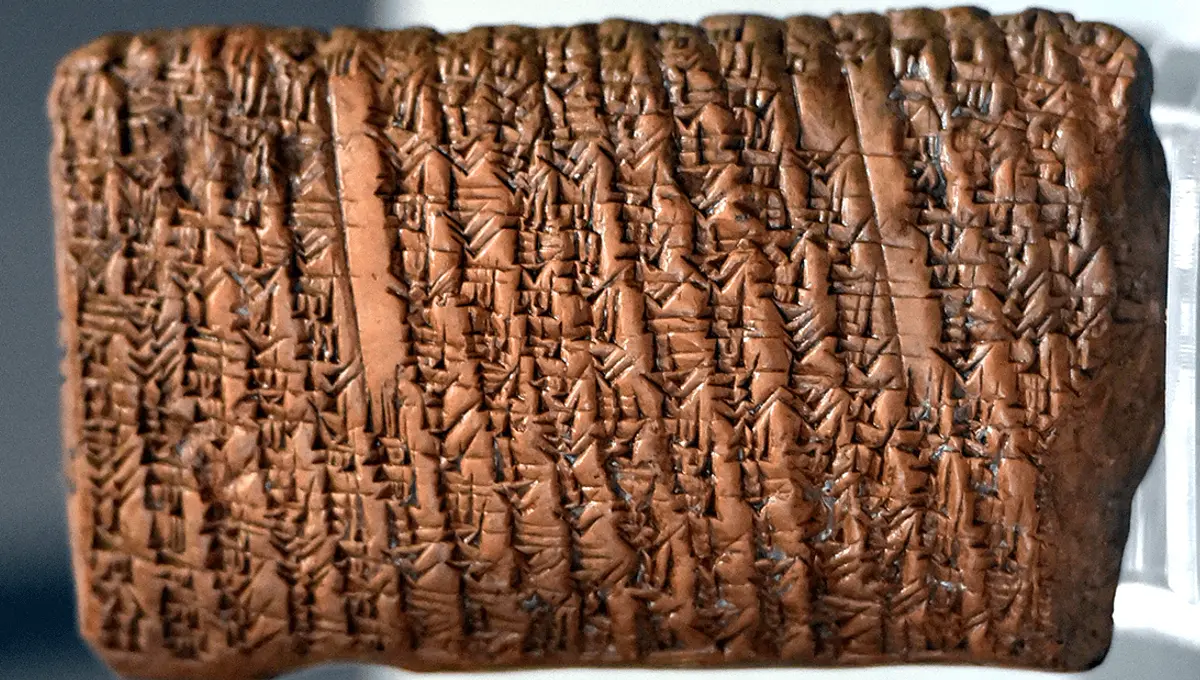Pythagorean Theorem Found On Clay Tablet 1,000 Years Older Than Pythagoras
Pythagorean Theorem Found On Clay Tablet 1,000 Years Older Than Pythagoras

It predates Pythagoras by over 1,000 years.

Study math for long enough and you will likely have cursed Pythagoras's name, or said "praise be to Pythagoras" if you're a bit of a fan of triangles.
But while Pythagoras was an important historical figure in the development of mathematics, he did not figure out the equation most associated with him (a2 + b2 = c2). In fact, there is an ancient Babylonian tablet (by the catchy name of IM 67118) which uses the Pythagorean theorem to solve the length of a diagonal inside a rectangle. The tablet, likely used for teaching, dates from 1770 BCE – centuries before Pythagoras was born in around 570 BCE.